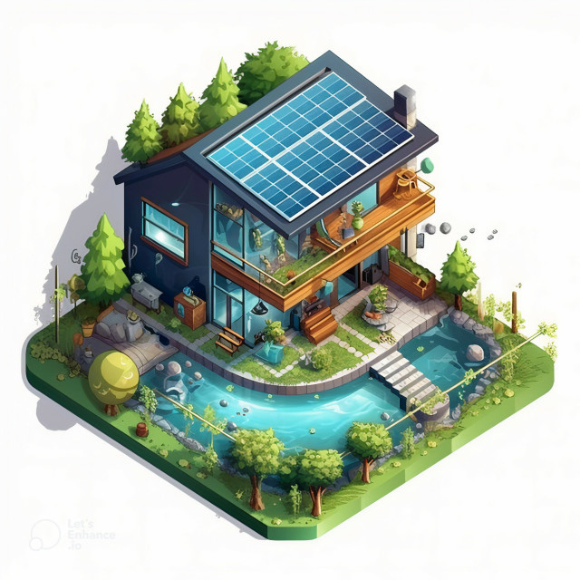
With the Victorian government now phasing out gas in new homes, together with rising costs and a desire to make wise energy choices into the future, homeowners around Australia are re-considering how to design their homes for energy-efficiency.
An energy-wise home is often a mix of materials, optimal orientation and energy-saving appliances. And there is no doubt that buyers are increasingly looking for these features in their next home.
Cost saving on energy starts with the design and siting of the home. If you are planning to build or renovate, allow for natural light in the main living areas to gain the maximum benefit for solar heating.
The first step in orientation is optimising the northern aspect, where exposure to the sun is best controlled. Eaves and pergolas can be designed to block the summer sun, yet still allow winter sunshine to penetrate.
North or west-facing deciduous trees that shade the house during summer will allow prime access to the sun once they have lost their leaves in winter.
It is important to prioritise rooms based on access to views and solar penetration. An open-plan kitchen and living area, for example, should have top position, while bedrooms or bathrooms require less daylight, as they are largely used for short periods of time, or at night.
Zoning the home means that unused areas can be closed off, and cooling and heating appliances can be designed for maximum efficiency and minimum use.
Insulation is paramount to the energy-wise home experience. Lining the roof, walls and floor can reduce heat loss in winter and heat-gain in summer. Consult an architect about the requirements for effective home insulation.
Materials with a high thermal mass, like stone, brick or rammed earth, take a long time to heat up and a long time to cool down. A concrete slab, with its high thermal mass, can reap huge benefits from prolonged exposure to the winter sun, radiating warmth at night, when it’s needed most. Walls with a high thermal mass should be shaded to minimize a heat load in summer.
Glass is a poor insulator. In an energy-efficient design think about size, location, glazing type and window coverings. Other important factors include:
– locating windows away from the western sun, and in some areas, the eastern sun
– placing tight fitting pelmets over curtains and blinds to trap air and create a layer of insulation to reduce heat loss on winter nights,
– reducing heat load and glare with specialised glass treatments.
Anyone considering building their home should first sit down with their architect and consider the home’s design and energy components to ensure they end up with the home they want.

